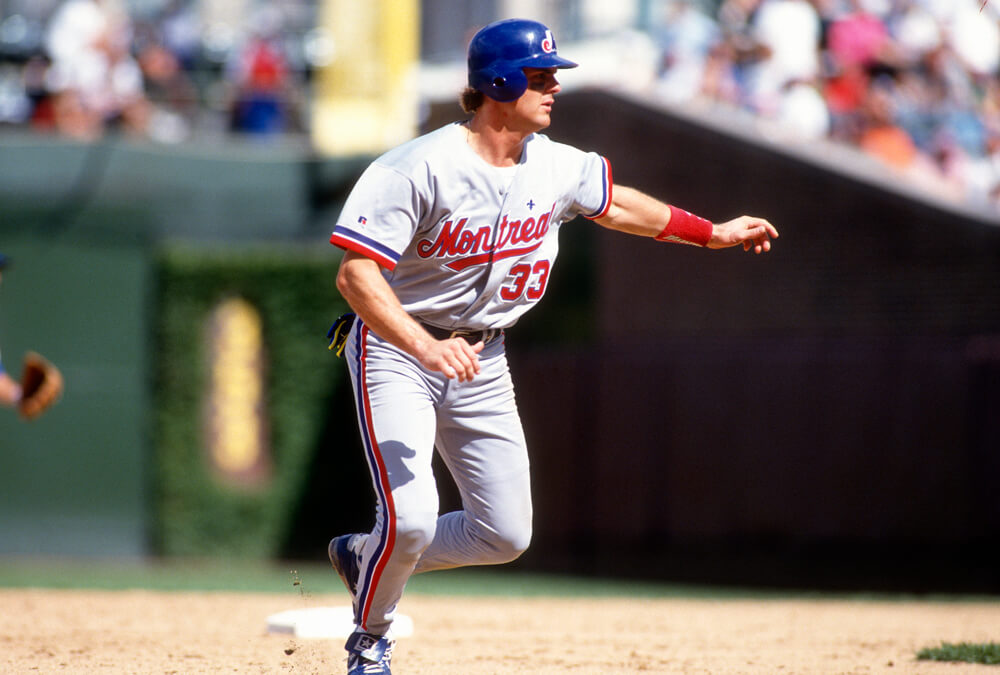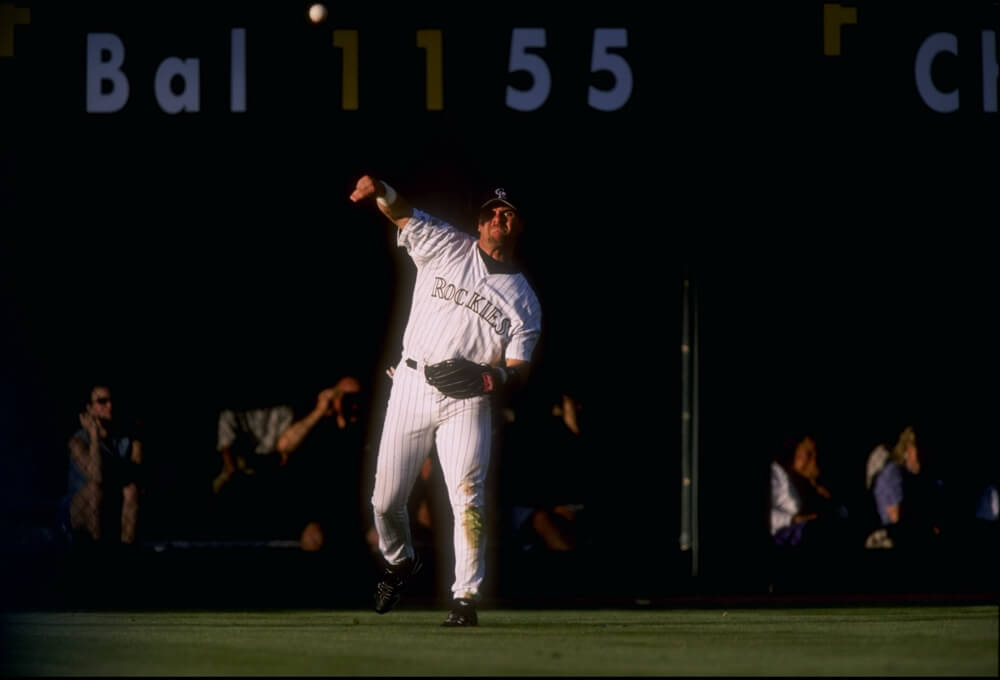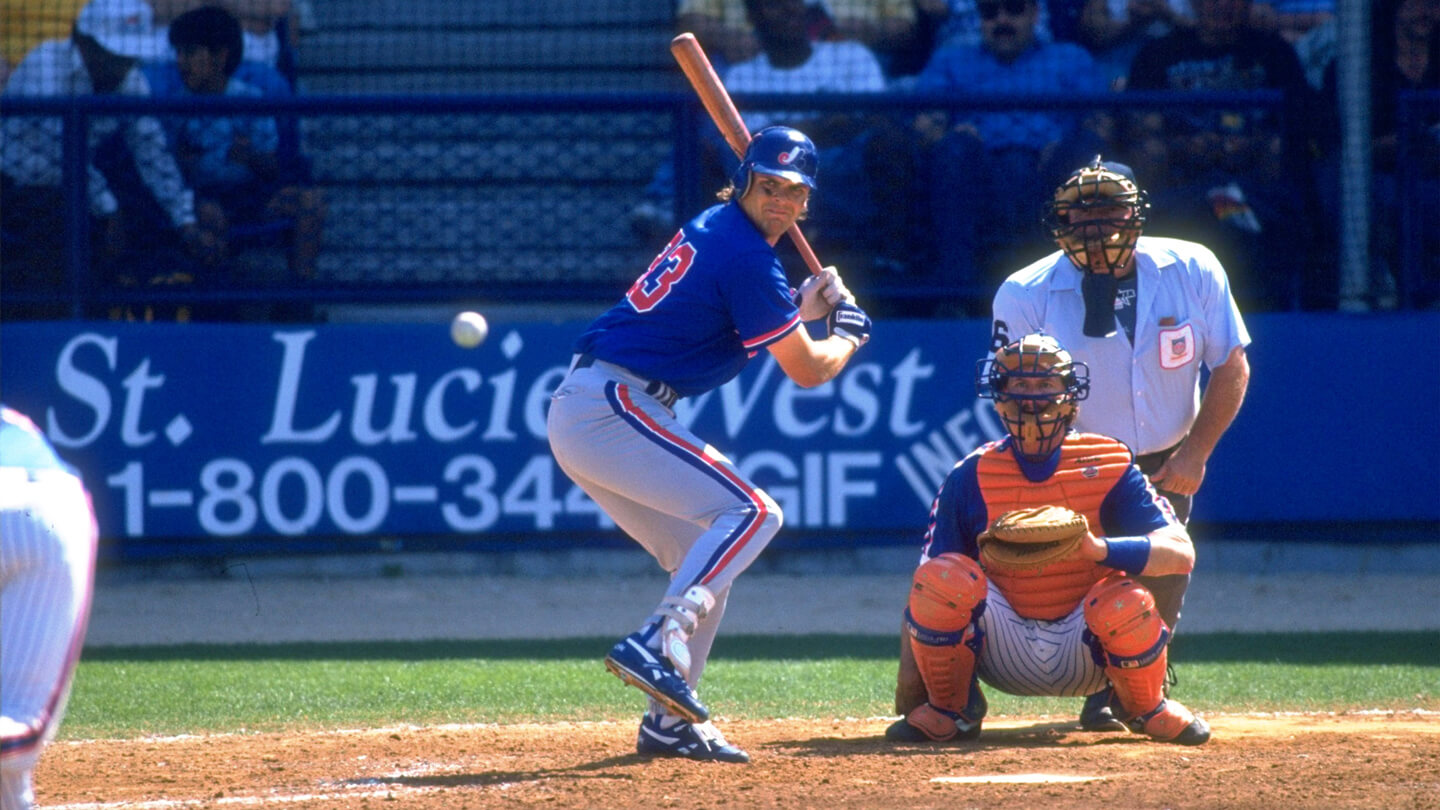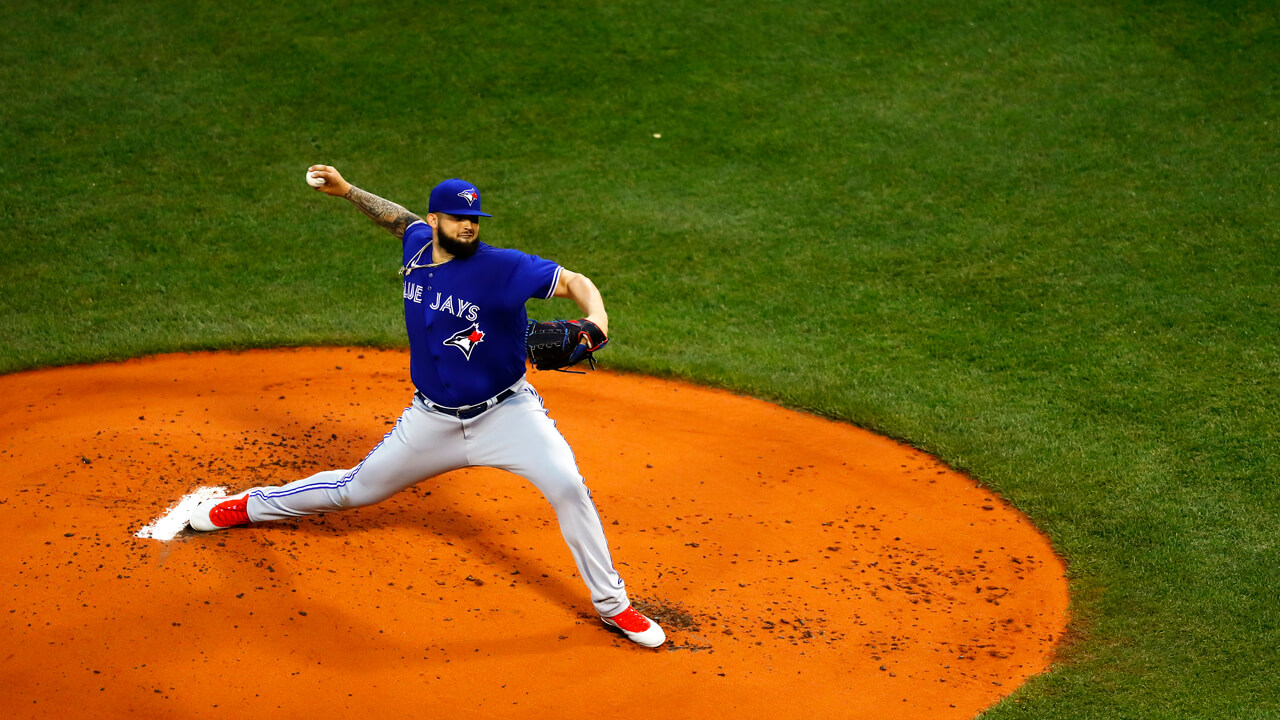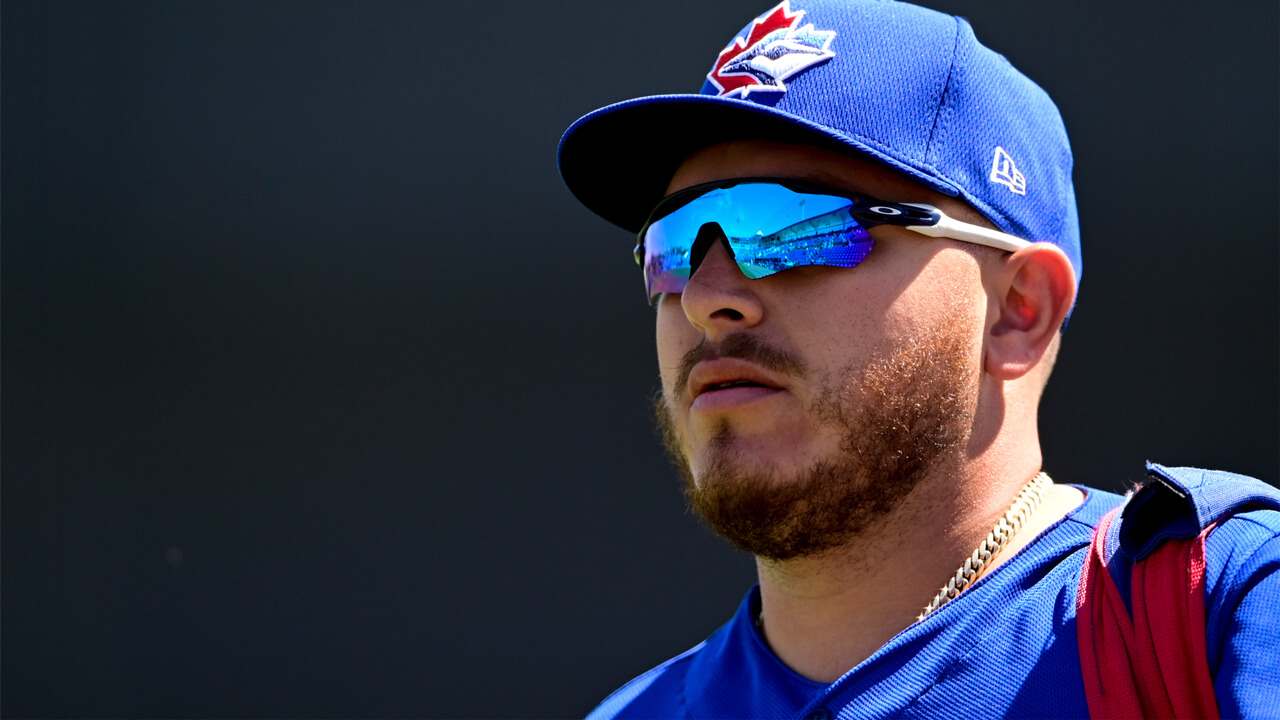The men’s 100-metre dash at the 1988 Seoul Olympics took place on Sept. 24, in the midst of the Expos’ fall instructional league. Siddall and Walker were all set to gloat about Ben Johnson’s victory over American Carl Lewis in the clubhouse when news broke about his positive test for stanozolol. “We were all fired up — Canada, Canada, Canada — and we just get hammered, our lockers are all taped up with [news stories], all this anti-Canada, cheating steroid scandal,” says Siddall. “We both got that one.”
Walker made sure Siddall didn’t wear it on his own, and when the catcher arrived at his first big-league camp, he found a welcome gift in his locker. “Larry kind of took me under his wing as a fellow Canadian, loaded up my locker with batting gloves, spikes,” says Siddall. “He was very gracious to me. He was awesome.”
Morneau received similar treatment. When he was in double-A, a box of bats unexpectedly arrived in the clubhouse. He opened it up to see it was a shipment of Larry Walker Louisville Sluggers. On June 10, 2003, when he debuted in the majors against the Rockies, Walker sent over a signed bat that said, “Make Canada proud.” He posed for pictures with Morneau and fellow Canadian Corey Koskie before the game and afterwards sent over the Rockies’ lineup card, signed by everyone on the club. “He took care of me a lot,” says Morneau, noting that Walker’s generosity continued even after he became established in the majors. “He taught me that no matter how much success you have, you still treat people the same, you still look out for people, and if you’re in a position to help people, you do that.”
Walker took that to an extreme in 2006, after Morneau won the AL MVP award. When Walker won the MVP, the Rockies had a special edition purple Harley Davidson built for him as a gift and he was curious what the Twins were doing for Morneau. “And I said, ‘Well, they gave me my trophy back,’” says Morneau. “I had heard that the Tigers got Justin Verlander a Rolex engraved for winning Rookie of the Year. I wasn’t expecting anything. Larry finds this out and he has these World Series type rings made – three of them – one made for me that was intact and two more that he had cut into thirds. One side said, average/RBIs/home runs, then the other side said his stats and the top was diamonds in the shape of a home plate. So he has one. I have one. And then I have the original ring. He’s just one of the most generous people.”




